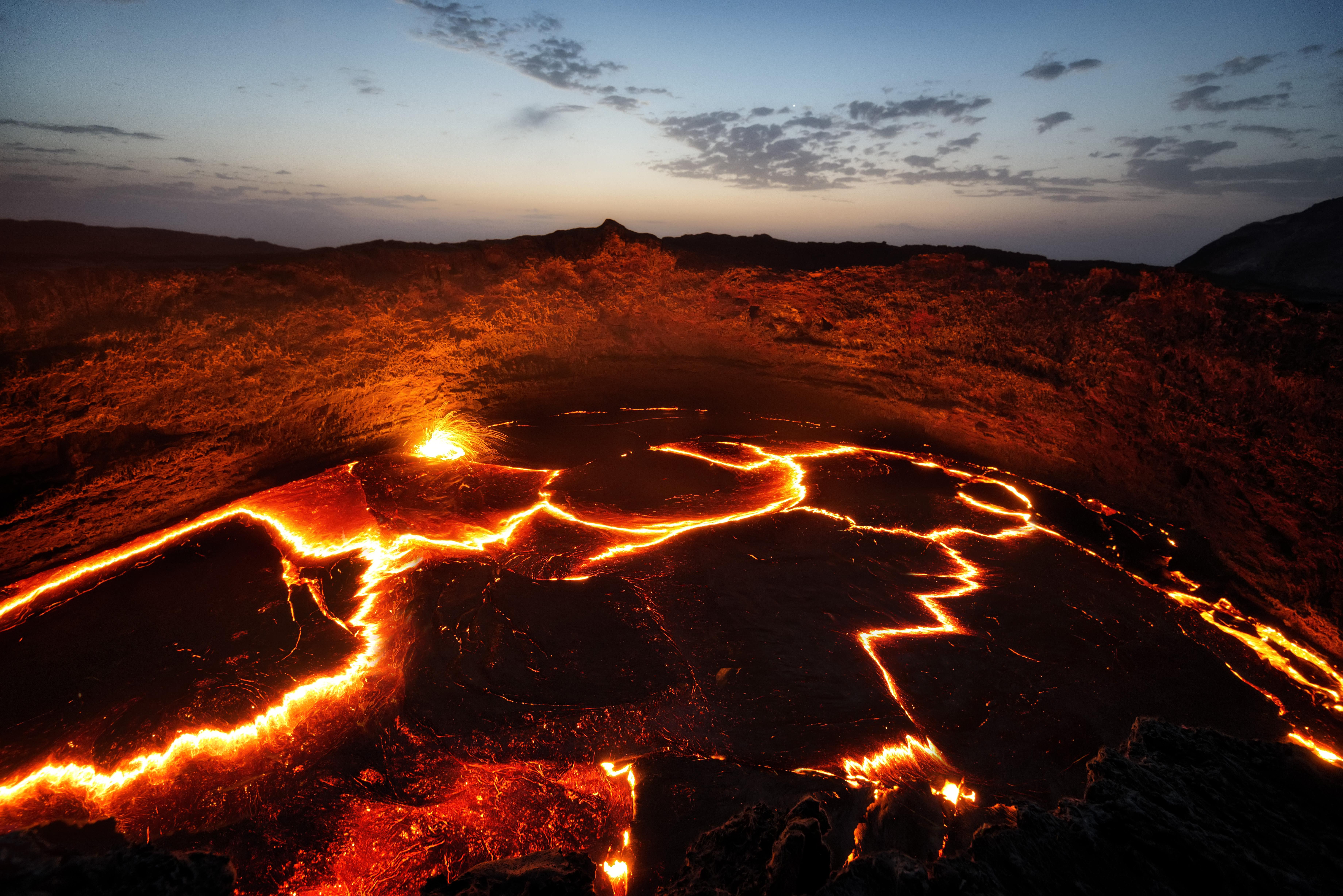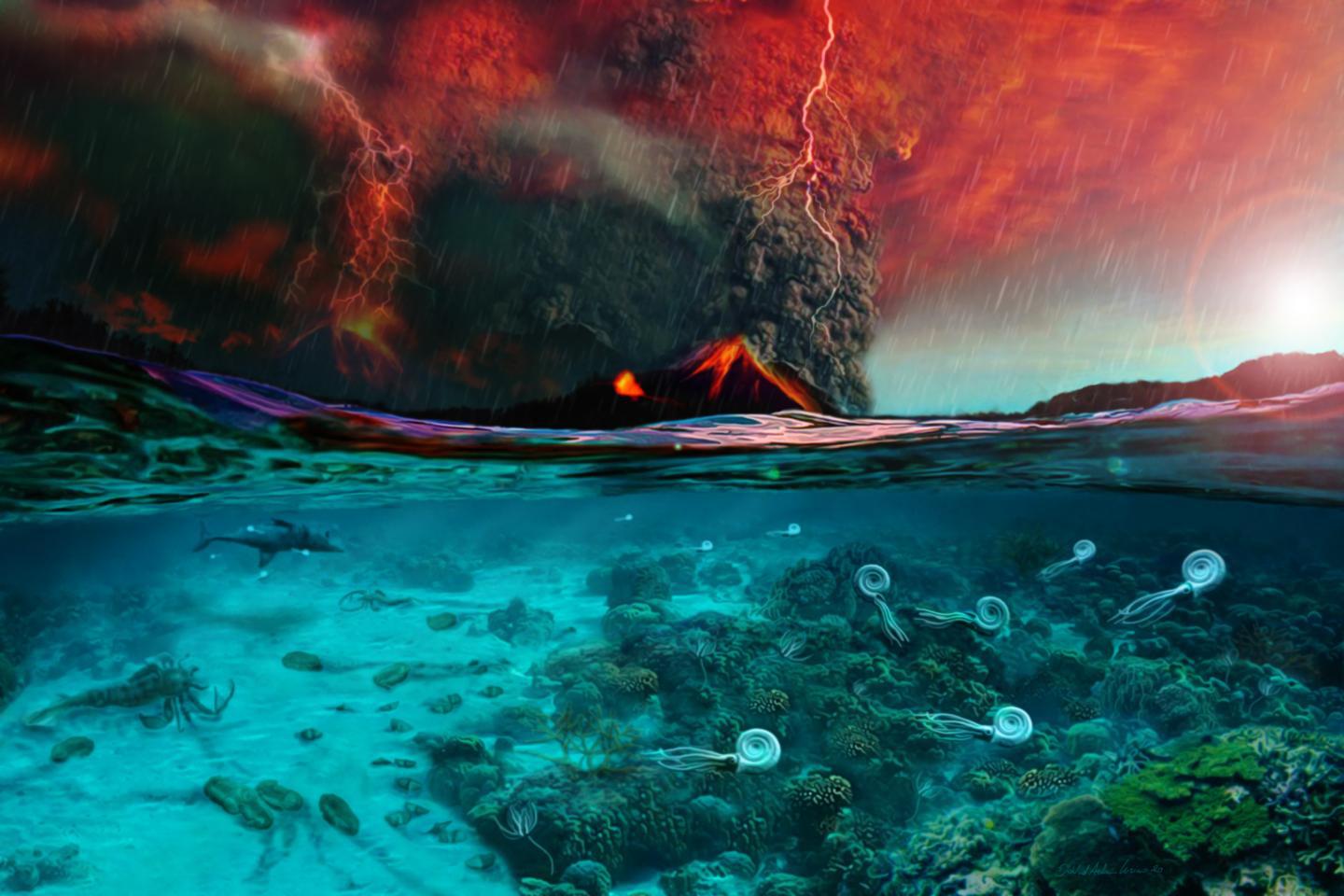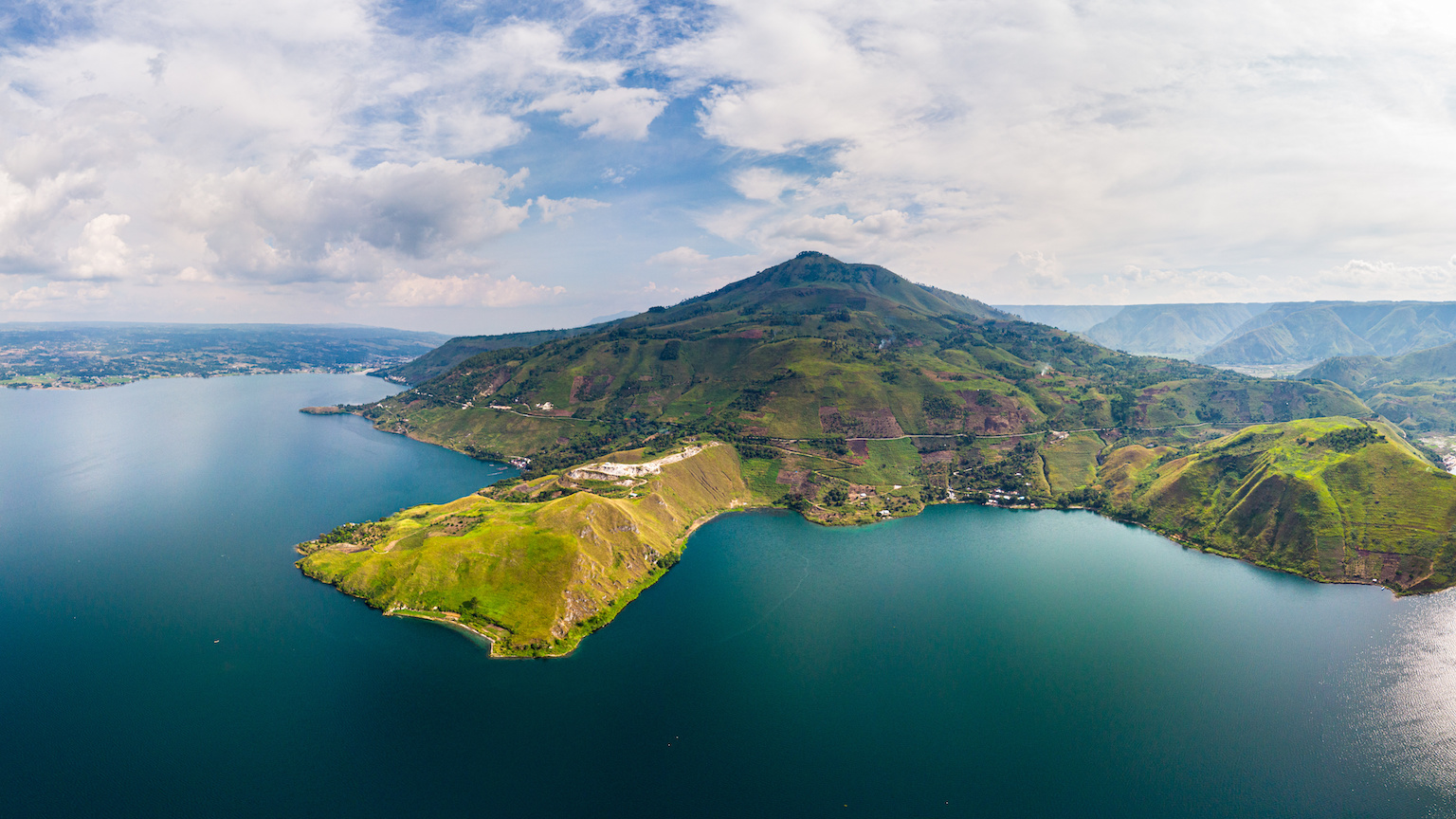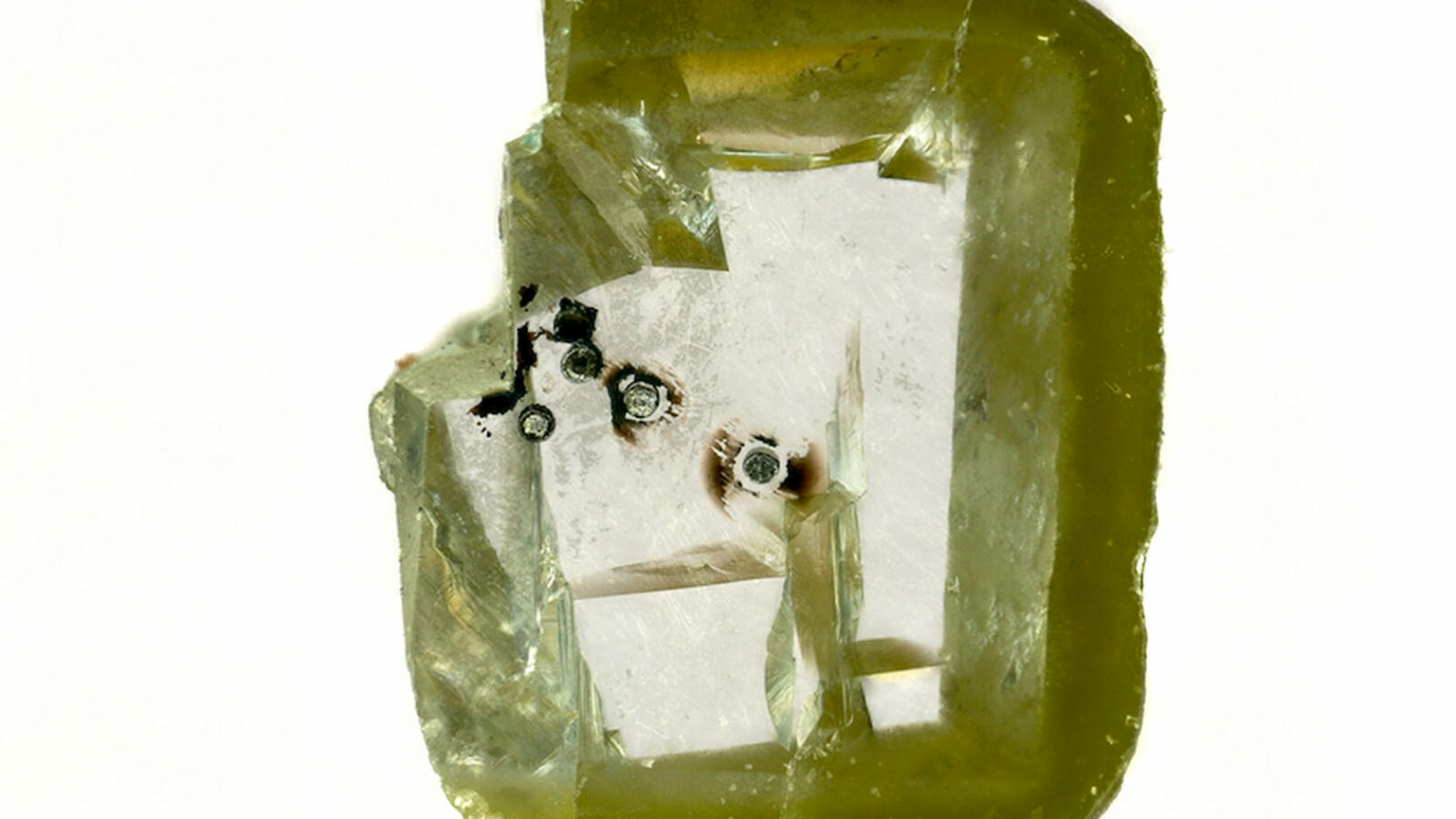Tonga volcano eruption was a once-in-a-millennium event

- On January 15th, the largest volcanic eruption in the past 30 years disrupted communications from Tonga and devastated island communities.
- Even though we understand some mechanisms that cause eruptions, we still cannot predict when they will happen.
- Volcanic eruptions can give us insights into physics both within the Earth and in the atmosphere.
From the surface of the water, the islands of Hunga Ha’apai and Hunga Tonga don’t look like much. They are two uninhabited islands, which were nearly connected by a volcanic crater, rising only about 300 feet above the sea. They give little indication to what lies below — a massive volcano, 12 miles wide and 5,900 feet tall.
On the 15th of January, the Hunga Tonga-Hunga Ha’apai volcano erupted in what is likely the most powerful volcanic eruption in the past 30 years. An ash plume billowed 20 km into the atmosphere. From space, satellite imagery revealed a deadly gray flower of smoke and ash blossoming in the middle of the pristine blue sea. Ash and rocks rained down in the region. Twenty minutes after the eruption, the capital of Tonga, Nuku’alofa, was hit by a 1.2-meter high tsunami. A pressure wave created from the blast traveled across the world, and sonic booms were heard as far away as Alaska.
The full damage is not yet known. The island of Tonga is mostly cut off from the rest of the world, as the eruption severed the main cable that carries the majority of communications to and from the island.
What caused the Tonga volcano to erupt?
Eruptions of this magnitude from this volcano are a once-in-a-millennium event. While we do not know exactly why this volcano erupted, there are many factors that can contribute. To completely understand, we need to understand the physics of what is happening underground.
A lot is going on within the magma chamber beneath the ocean floor. The Tonga volcano is what is called a subduction volcano, formed when the Pacific plate slides beneath the Tonga microplate. The Pacific subducting plate, which is rich in water, releases some of this water into the mantle. This causes the melting temperature of the rock to decrease, creating liquid magma. As time goes on, magma slowly fills this huge chamber, a process that takes around 1000 years. Sure enough, radiocarbon dating showed that the last large eruption of this volcano occurred around 1100 AD.
Melted rock is less dense than solid rock. This causes an upward buoyancy in comparison to its surroundings. As magma is added to the reservoir, more pressure builds up on the walls of the chamber. If the point of least resistance is the top of the magma chamber, the magma will explode outward.
What causes powerful eruptions?
In 2009 and 2014-2015, the volcano underwent much smaller eruptions. In 2016, Prof. Shane Cronin, a volcanologist at the University of Auckland, and his colleagues traveled to the Tonga volcano and discovered that these eruptions originated from the edge of the volcano. In fact, there was a much larger caldera 150 meters beneath the waves. It was from this caldera that the most recent eruption originated.
If magma enters ocean water gradually, a layer of steam can build up, which insulates the magma from the water. This works to slowly cool the magma as it exits. However, if the magma enters the ocean too quickly, no layer of steam can form. “Hot magma [comes] in direct contact with cold water. Volcano researchers call this ‘fuel-coolant interaction’ and it is akin to weapons-grade chemical explosions,” says Cronin in The Conversation. The result is like a chain reaction in which new, hot magma is constantly coming into contact with cold seawater.
Gases like water, sulfur dioxide, and carbon dioxide dissolved in the magma also play a role. If the magma moves toward the surface too quickly, the pressure within the gas bubbles grows too fast. When the bubbles reach the surface, pressure is released and they explosively expand. This may be a factor that differentiates explosive eruptions from gradual ones.
This seemed to be the case for the 2009 eruption. Dr. Heather Handley, a volcanologist at Monash University, compared the composition of the lava from this earlier eruption.”We could see from the chemistry of the rocks that the magma of that eruption was moving to the surface quickly and keeping hold of its gas as well,” she told ABC Science.
The depth of the water also seems to be just right for a massive explosion. Any deeper, and the ocean would have suppressed some of the power.
Why do volcanic eruptions cause lightning?
As if a massive eruption is not frightening enough, consider this. In three hours during the eruption, there were 400,000 lightning strikes. That’s 100 per second.
These lightning strikes are a result of static electricity. Lower in the volcanic plume, ash particles rub against each other. Higher in the plume, abundant water from the explosion freezes once it gets high enough. (Remember, the plume rose to about 20 km, which is well into the stratosphere, where the temperature is about -50 to -60 C°.) The friction from collisions between ice particles increases the static charge.
Will the Tonga volcano eruption impact the global climate?
Historically, powerful volcanic eruptions can disrupt the global climate. Sulfur dioxide can cause acid rain, and it increases the albedo (reflectivity) of clouds. Because of this, more sunlight is reflected back into space, cooling the atmosphere. Even though the Tonga volcano released 400 million kg of sulfur dioxide into the atmosphere, this is not enough to affect the global climate.





